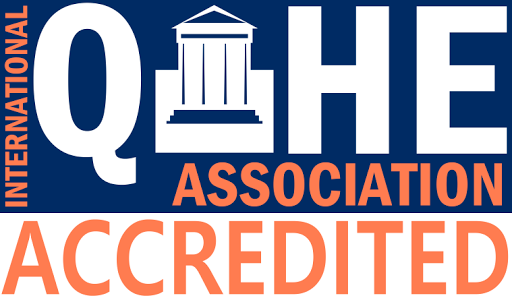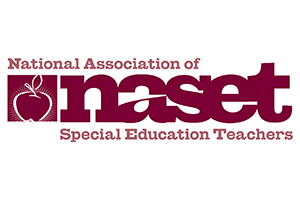 Bipolar disorder and ADHD are two different conditions that have many overlapping signs and symptoms. Though Bipolar disorder is more prone to appear in teens and young adults, some children develop it much earlier. And since diagnosis in pediatric Bipolar disorder significantly differs from adult diagnosis, it makes it all the more difficult to screen and often misdiagnosed as ADHD (Attention Deficit Hyperactive Disorder).
Bipolar disorder and ADHD are two different conditions that have many overlapping signs and symptoms. Though Bipolar disorder is more prone to appear in teens and young adults, some children develop it much earlier. And since diagnosis in pediatric Bipolar disorder significantly differs from adult diagnosis, it makes it all the more difficult to screen and often misdiagnosed as ADHD (Attention Deficit Hyperactive Disorder).
Since the approaches and the support for learners with medical conditions need to be suitable and practical, Special education courses for teachers are ideal for educators who are keen to work in the inclusive classroom.
How Bipolar Disorder looks like in children?
Bipolar disorder in adults is normally defined as mood changes that shift from depression to mania. The episodes of mania in the adult manifest as euphoria – elevated mood, high energy, rapid speech, and overconfidence. However, in children mania usually can be observed as increased irritability and aggression.
Now if we are two rely on those two symptoms, the problem is these signs totally collide with symptoms of ADHD.
.
What is ADHD?
ADHD is commonly found in children, mostly found in boys compared to girls. Can be described as impulsive behavior, hyperactivity, and difficulty paying attention. The symptoms of ADHD can reflect as:
● Trouble completing tasks
● Unable to focus and frequently distracted
● Difficulty in following directions
● Constant movement
However, it should be noted that not all children who demonstrate such behavior needs to be categories as children with ADHD. Because children have a shorter attention span active and easily distractible nature is common and should not necessarily be something to worry about. Only if these behaviors interferes with the normal flow of life, a diagnosis is a must for better management and support.
Bipolar VS. ADHD
Bipolar disorder is recognized as a mood disorder. Whereas ADHD impacts attention and behavior with the child. Symptoms such as of hyperactivity, inattention, and impulsivity. Bipolar is mainly episodic, on the other hand, ADHD is either chronic or ongoing.
One of the major differences between look at is bipolar disorder fundamentally affects mood, whereas ADHD affects behavior and attention.
How to make out the difference?
Since, children with ADHD experience chronic symptoms, and although children with ADHD can have mood symptoms that require attention if the behavior reflects experiences with cyclical symptoms, it is possible that the child may have conditions related to bipolar disorder.
ADHD symptoms are typically arise at a younger age on the other hand Bipolar disorder symptoms usually found in young adults or older teens. If you are suspecting your child to have either of the two, the primary thing to do is seek help from a professional. Also, make sure to evaluate the child’s behavior over a period of time and not just once and make a diagnosis.
Since Bipolar is more inclined to have different phases, it is a good idea to track the episode and the behavior related to those phases for better diagnosis. And this observation can also come from both parents and the teacher. This way the red flags can be better noted.
It is ideal to get a second opinion since for both of these conditions there are multiple overlapping signs; it is more practical to get diagnosed by experts of adolescent psychiatry.
Final Words
That being said, it is also possible for a kid to have both conditions. The fact that all of the above factors need to be considered, Whether the child has either ADHD or bipolar or both needs to have a thorough conclusion and check up on an interval basis. Also, if the diagnosis is uncertain, experts usually suggest that ADHD needs to be treated first since it is more common in children.
ADHD courses for teachers are gem packed with the techniques and skills to handle children who have been diagnosed with ADHD. Often time’s classroom is a place where children start showing signs of emotional disruption. Teachers who are equipped to handle this kind of situation are more likely to have tools and support for these children.









